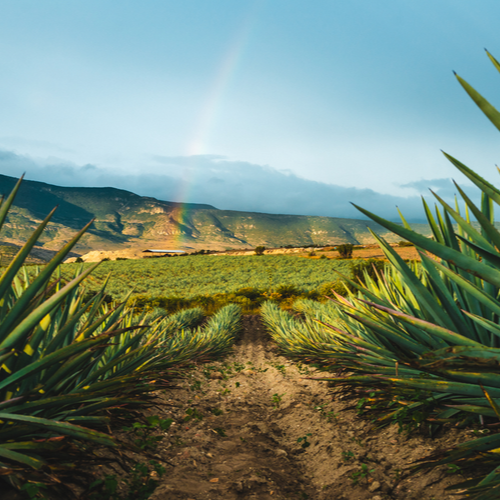Want to learn more about the H-2 Visa program? Register for our upcoming H-2 webinar, and keep reading below!
What is a migrant worker? There is much confusion over the role that migrant workers play in the United States, and unsurprisingly several conflicting definitions are used for this important labor group. In the context of U.S. immigration, migrant workers come to the United States to provide services on a temporary, seasonal basis. They play an instrumental role in the U.S. economy by curbing labor shortages across diverse industries, including agriculture, food processing, construction, landscaping, housekeeping, restaurant services, packing/production, and more.
This month, WR Immigration is educating the public on the role migrant workers play in the agricultural industry, where the majority of laborers are migrants. Over recent decades, there has been considerable growth in the H-2A visa program for temporary, seasonal workers engaged in agricultural labor, herding, and livestock production. The majority of H-2A visa workers are Mexican migrants. In fact, Mexico and the United States have had a longstanding exchange of migrant labor with the first program formalized in 1942. Over the years, Congress has modernized the H-2 program for temporary, seasonal workers by introducing a labor certification process to ensure fair wages and expanding eligibility to previously unauthorized workers and their families. One major criticism of the program is that there is currently no pathway to citizenship which means workers are less likely to speak out against poor working conditions and have limited opportunities to advance in their professions.
Despite its current limitations, businesses can practice responsible governance by using the H-2A temporary worker program to meet seasonal labor needs in agriculture. Combined with ethical labor practices, the H-2A visa program offers protection and benefits to workers, including underlying work authorization and legal status, wage protections, guaranteed employment for at least three-fourths of the contract period, and accompaniment by one’s spouse and children. It is also an uncapped visa category meaning there are no numerical limitations on visa issuance.
Another change that his taken place in the H-2 visa category is a shift away from the perception of migrant work as an “unskilled” visa category. Although this term was initially employed during the program’s genesis in 1952, it has become widely acknowledged that the use of this term is problematic given the level of expertise many migrant workers bring to their positions.
In order to better educate clients and the public on the H-2 visa program in action, WR Immigration has created an interactive story about Miguel, a migrant worker from Oaxaca, Mexico. Although Miguel is a fictional character, his story was inspired and collated from real migrant workers. Click here to journey with Miguel as he starts seasonal work on an organic cauliflower farm in Central Valley, California. You can also join us in advocacy for migrant workers by sharing your thoughts at #WRCelebratesMigrants.


